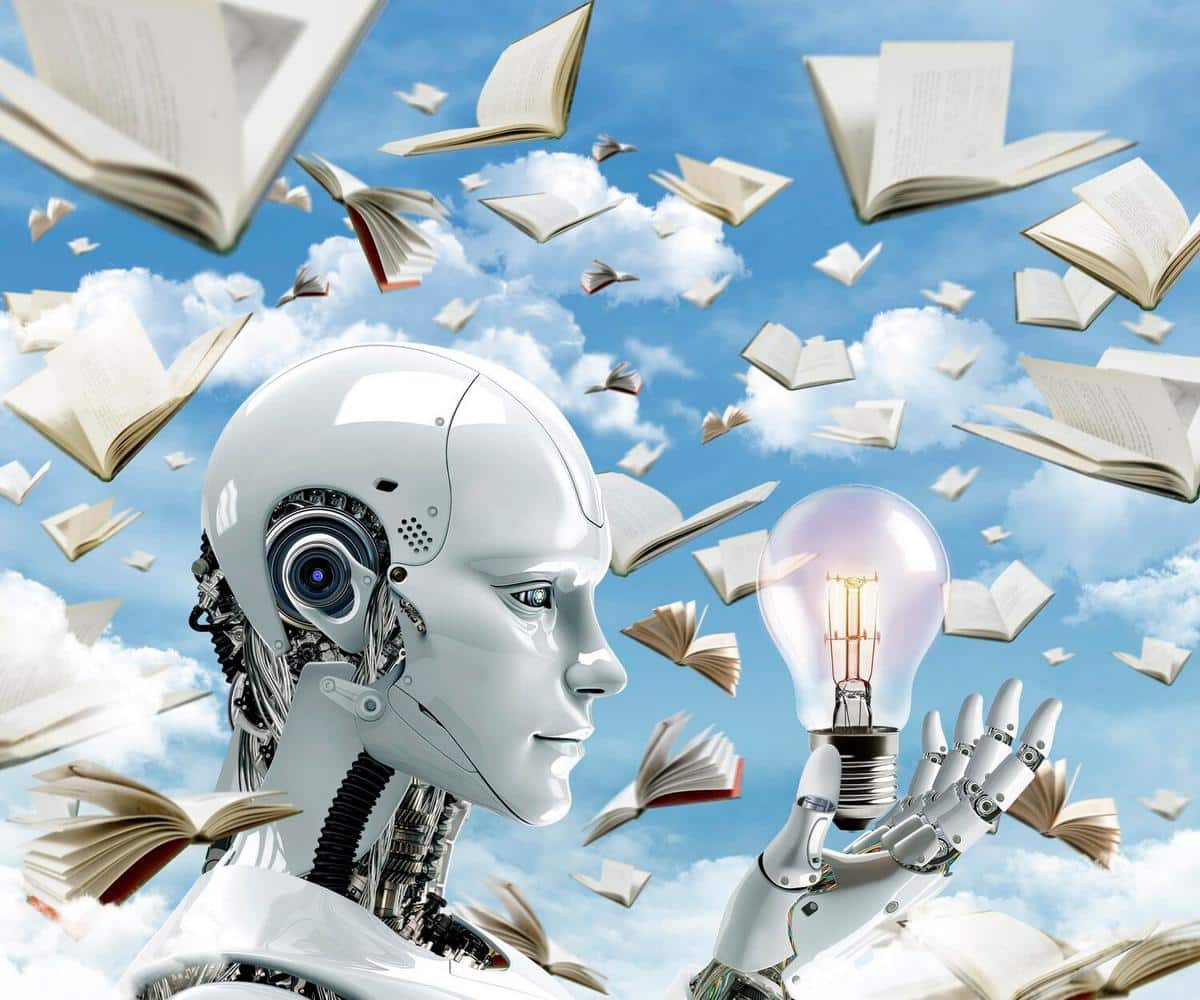
Challenges and Opportunities of AI-Powered Educational Tools
As artificial intelligence continues to weave its way into various facets of our lives, its impact on education is becoming particularly profound. AI-powered educational tools are reshaping how students learn and educators teach, presenting both significant challenges and remarkable opportunities.
With the growing integration of AI in education, stakeholders are witnessing a transformation in teaching and learning methodologies. Let’s explore the multifaceted landscape of AI-powered educational tools, drawing insights from experts, examining pertinent statistics, and considering practical examples.
Opportunities in AI-Powered Education
Personalized Learning Experiences
AI enables personalized learning by adapting to individual student needs. According to a report by EdSurge, adaptive learning technologies can improve student engagement by offering customized content based on performance and learning pace.
Enhanced Accessibility
AI tools can significantly enhance accessibility for students with disabilities. Voice recognition and text-to-speech functionalities allow for a more inclusive learning environment.
Data-Driven Insights
Educational institutions can leverage AI to gain data-driven insights into student performance, helping educators tailor their teaching strategies. This data-centric approach is supported by Education Dive, which highlights how data analytics in education can lead to improved outcomes.
Challenges Faced by AI-Powered Educational Tools
Privacy Concerns
With the increased use of AI, data privacy is a pressing concern. Ensuring that student data is protected and used ethically is paramount.
Implementation Costs
Integrating AI tools can be costly for educational institutions. According to an article in Forbes, initial setup and maintenance expenses can be a barrier for some schools.
Teacher Training
Teachers need adequate training to effectively use AI tools in the classroom. Without proper training, the potential of AI to enhance education may not be fully realized.
| Opportunities | Challenges |
|---|---|
| Personalized Learning | Privacy Concerns |
| Enhanced Accessibility | Implementation Costs |
| Data-Driven Insights | Teacher Training |
| Improved Engagement | Technical Issues |
| Support for Teachers | Resistance to Change |
| Scalability | Equity and Access |
| Interactive Learning | Dependence on Technology |
| Resource Efficiency | Skill Gap |
Actionable Tips for Educators
- Start with small-scale AI integrations and gradually expand.
- Engage in professional development to stay updated on AI advancements.
- Involve students in discussions about technology use and data privacy.
Pro Tip: Collaborate with other educators to share insights and strategies for effectively implementing AI tools in your curriculum.
FAQs
What are AI-powered educational tools?
AI-powered educational tools include software and applications that use artificial intelligence to enhance the teaching and learning experience.
How can AI improve student learning?
AI can personalize learning experiences, provide instant feedback, and offer varied educational resources to suit different learning styles.
What are the challenges of using AI in education?
Challenges include privacy concerns, high implementation costs, and the need for teacher training.
Conclusion
AI-powered educational tools offer a myriad of opportunities to enhance the learning experience, yet they also present challenges that need careful consideration. By understanding these dynamics and adopting strategic approaches, educators can harness the potential of AI to create enriched educational environments. As the landscape evolves, staying informed and adaptable will be key to successfully integrating AI into education.


